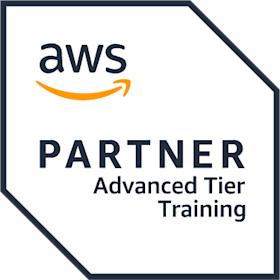Got a question? Call 02 8286 9429 | Login
This course teaches systems operators and anyone performing cloud operations functions how to manage and operate automatable and repeatable deployments of networks and systems on AWS. You will learn about cloud operations functions, such as installing, configuring, automating, monitoring, securing, maintaining, and troubleshooting these services, networks, and systems. The course also covers specific AWS features, tools, and best practices related to these functions.
This course includes presentations, hands-on labs, demonstrations, and group discussions.
We also offer a one-day AWS Jam Session to complement this course and enhance your learning. The AWS Jam is a gamified event, with teams competing to score points by completing a series of challenges based on concepts covered in the course.
See more information and scheduled dates here.

